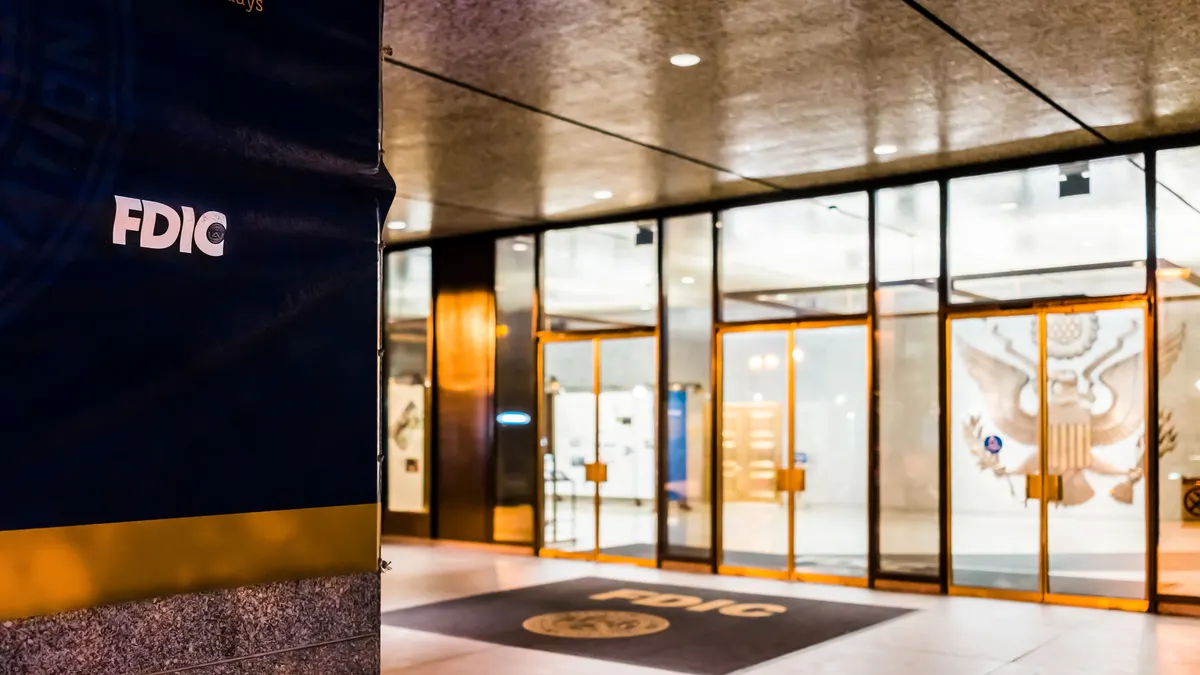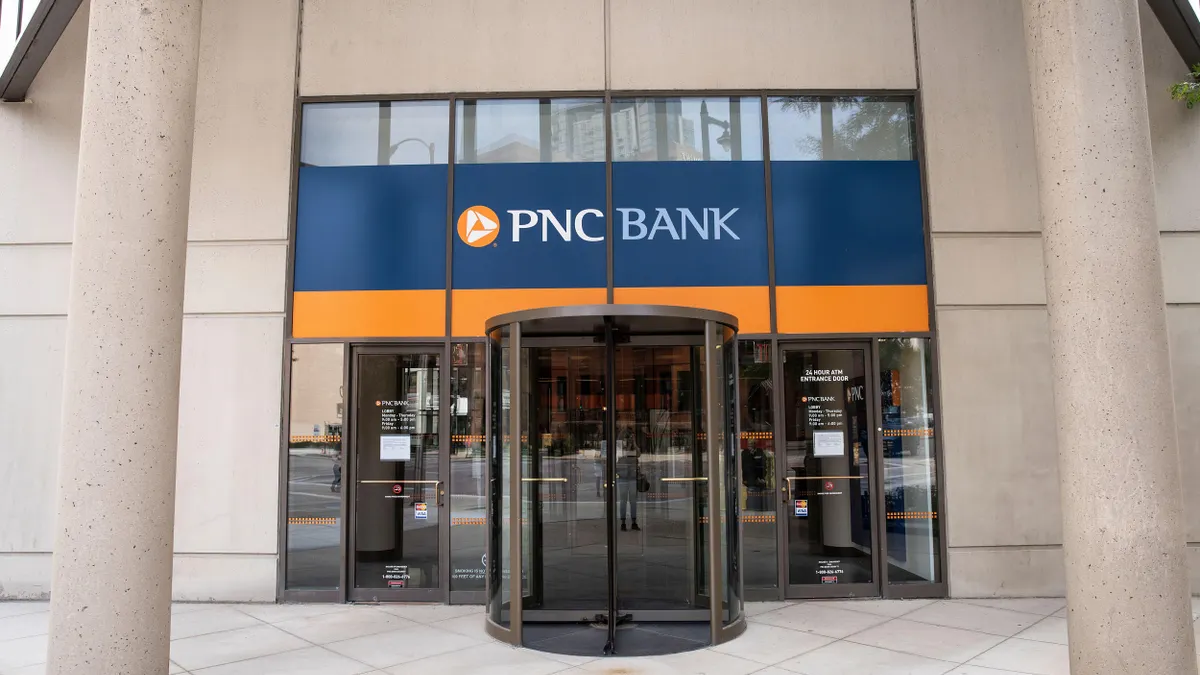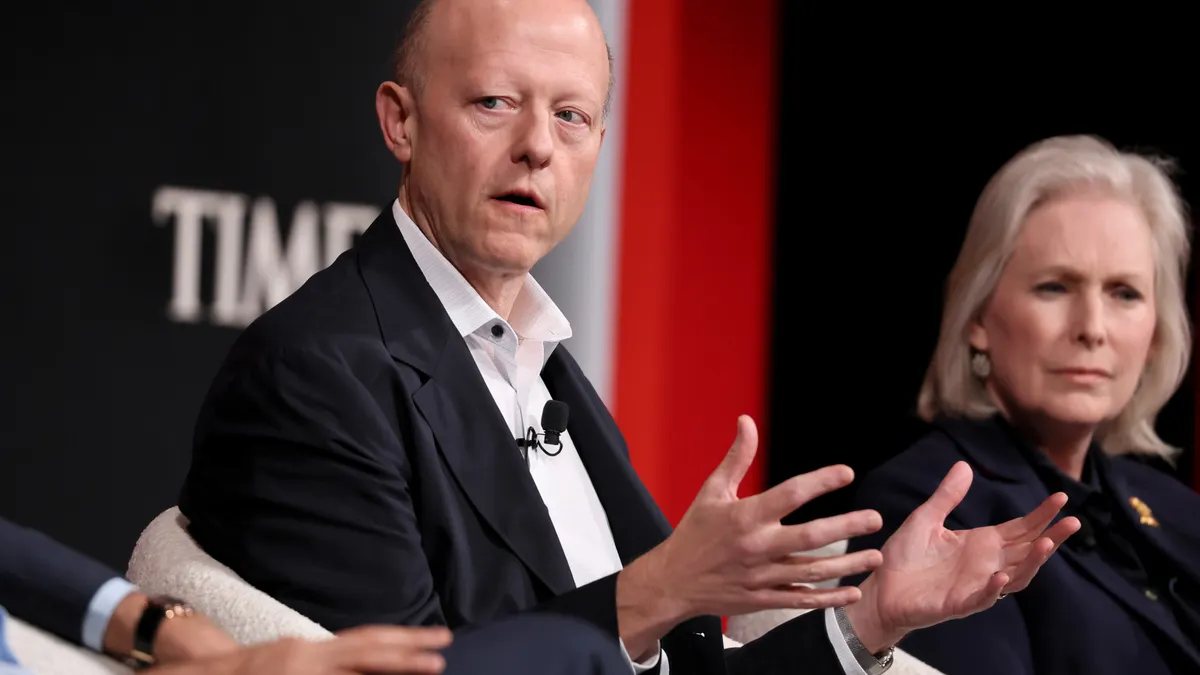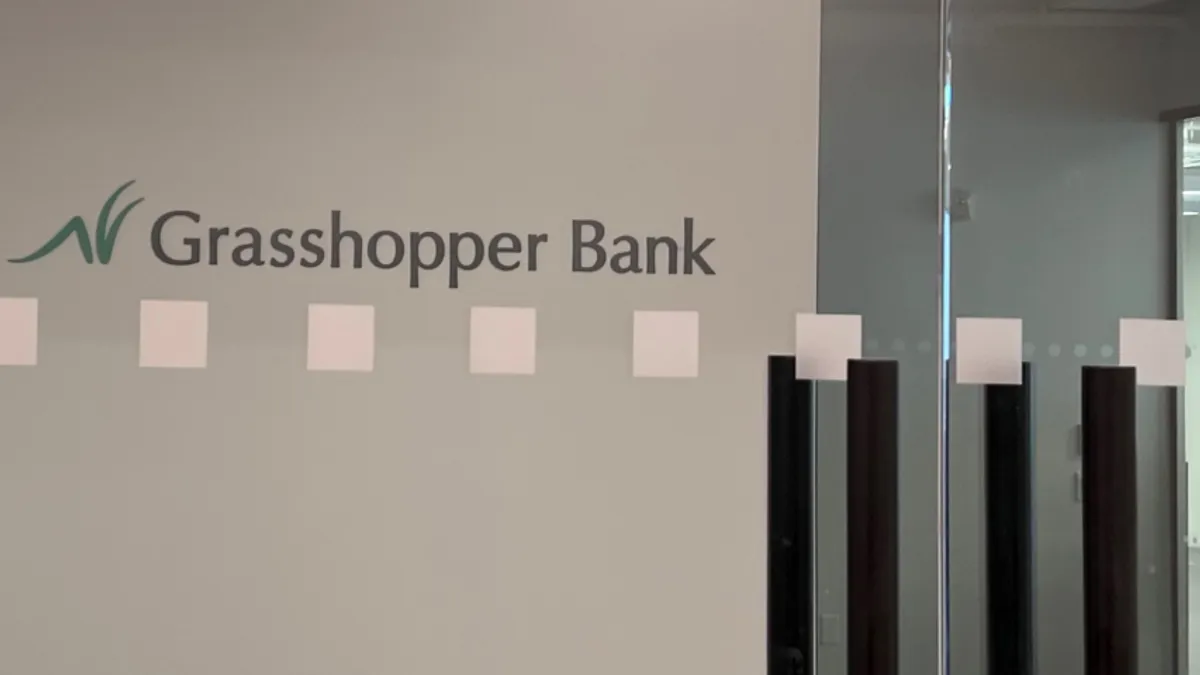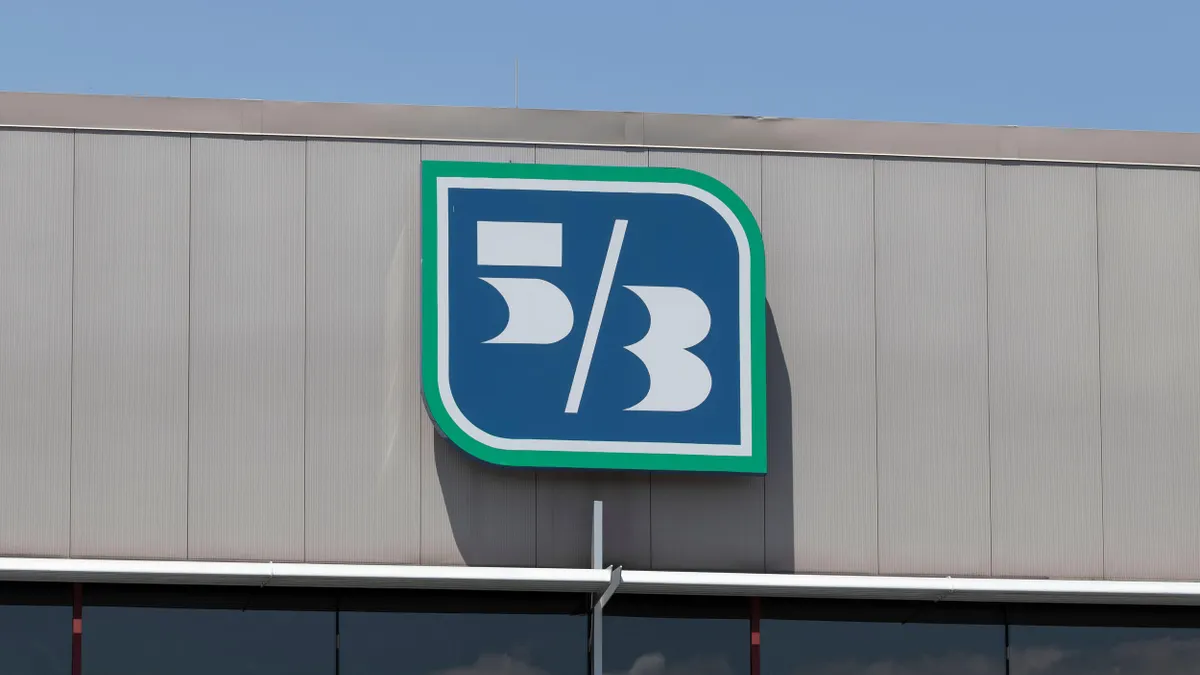Small businesses play a pivotal role in creating jobs while driving innovation and economic growth in the country.
Though small business’ share of the U.S.’s gross domestic product has decreased over the years, they account for 44% of U.S. economic activity, according to a report published by the U.S. Small Business Administration Office of Advocacy.
The changing landscape within the financial industry has prompted fintechs to develop innovative and digital-first experiences, thereby attracting small-business owners to access a wide range of products and services that were otherwise inaccessible.
Bluevine, a fintech offering small businesses banking solutions catering to their needs, has been in business for a decade. Founder and CEO Eyal Lifshitz said he learned through his decade-long journey in the space that small businesses are vastly underserved.
The fintech’s platform aims to save its customers time and money. Bluevine doesn’t charge a monthly fee for its accounts while offering unlimited transactions and a 2% yield on their operating balances on checking accounts — a unique feature, according to Lifshitz.
His focus is catering to the small business community and building products designed for them.
“We are really bringing everything under one roof, such that a small business doesn't need to [go from one provider to another looking for products and services] while having their bank in another place. We are really looking to streamline everything [so that it] works together like magic, all under one account.”
The fintech has grown in more ways than one: In addition to expanding its global footprint with new offices in Texas, India, and Israel on top of its New Jersey headquarters, it recently surpassed 500,000 business customers. It has $850 million in deposits and has delivered $14 billion in loans to U.S.-based business owners. Lifshitz credits Bluevine’s roughly 80% year-over-year revenue growth to the untapped small business market.
Starting Sept. 1, Bluevine will offer expanded Federal Deposit Insurance Corp. insurance coverage of up to $3 million for business banking customers, 12 times the industry standard of $250,000, through Coastal Community Bank and program banks in a sweep network.
Lifshitz talked about IPO plans, generative artificial intelligence, enhanced regulatory security following bank failures and ways to retain customers in the competitive fintech space.
This interview has been edited for clarity and brevity.
BANKING DIVE: Why did you announce your IPO plans now, and what can you share in terms of timeline?
EYAL LIFSHITZ: I think from a scale perspective and where we are, we would be ready to consider within 18 to 24 months. That is not to say we haven't started preparing but just in terms of the scale of the business, we are growing fast. We are getting about $200 million of revenue this year. And so that would put us 18 to 24 months out in a place where we could potentially go out.
Obviously, that depends on the situations in the market and how ready we feel,we are, but ultimately, becoming a public company is just a milestone in the continued path for us. We want to ultimately be a public company. But more than that, we believe we can be a generational company that continues to build and develop value for our customers.

Where do you stand with regard to the current market condition in the fintech space?
LIFSHITZ: Our business model always saw both in delivering value to our customers, but also in terms of just creating a valuable company, where unit economics work. This is a business model that, in the long term, is sustainable and valuable. We've always thought, “How do we build here something that is for the long run?” so you know, the environment is what it is. In environment, there is always ups and downs, and it doesn't really change our trajectory.
The buzzword going around is “generative AI.” Does your company use generative AI to come up with new products, or have plans to use it in the future?
LIFSHITZ: We do use AI in some of our risk management and in some of the other areas within our platform. I would say that this is certainly an area of interest for us to look to see where we can embed it within either our operations or our customer success and even in terms of our product experience.
I think there are more and more use cases that people are talking about. Allowing our customers to get recommendations or execute workflows within the product are things that we're working on, and clearly, there are more. It is certainly a very promising technology, and we are learning the applications that can be used. I do see us in the future likely implementing and integrating some of those, but it's still early days.
With the bank failures, regulators have become more strict with their scrutiny. How do you feel about that scrutiny?
LIFSHITZ: We welcome additional oversight. We have worked closely with regulators, and we invest a lot in both risk compliance and controls. For companies that may have historically passed under the radar and have not invested in these areas, increased scrutiny may pose an issue. But for somebody like us, that has always been an area that we invest in [as] a core competency.
Increased regulatory scrutiny, ultimately, is in an effort to make sure that there is not increased risk for the system and that end customers are treated fairly and provided transparency [on] the services that they are consuming. From our perspective, shining more of a light to that is not necessarily a negative thing.
What is your take on bank-fintech partnerships? Why do banks lean on fintechs for innovation and technology, though they have the money to invest in technology?
LIFSHITZ: The fact that we're a fintech company does not mean we don't invest in compliance [or] in risk management controls. All these things are not just expected by our bank partner — they are just good hygiene. The more we understand what the expectations are from our partners, and how to be a good partner to them, the more these types of arrangements are successful, and vice versa.
The reality is that banks do a really good job serving the segments that are most profitable to them, like corporations, affluent or super-prime consumers. The reality is there are sub-segments where they have historically underserved and under-invested.
These underserved segments are just falling through the cracks. And that's where companies like us come in, and that's where the collaboration model that we have with our partner banks is really effective.









